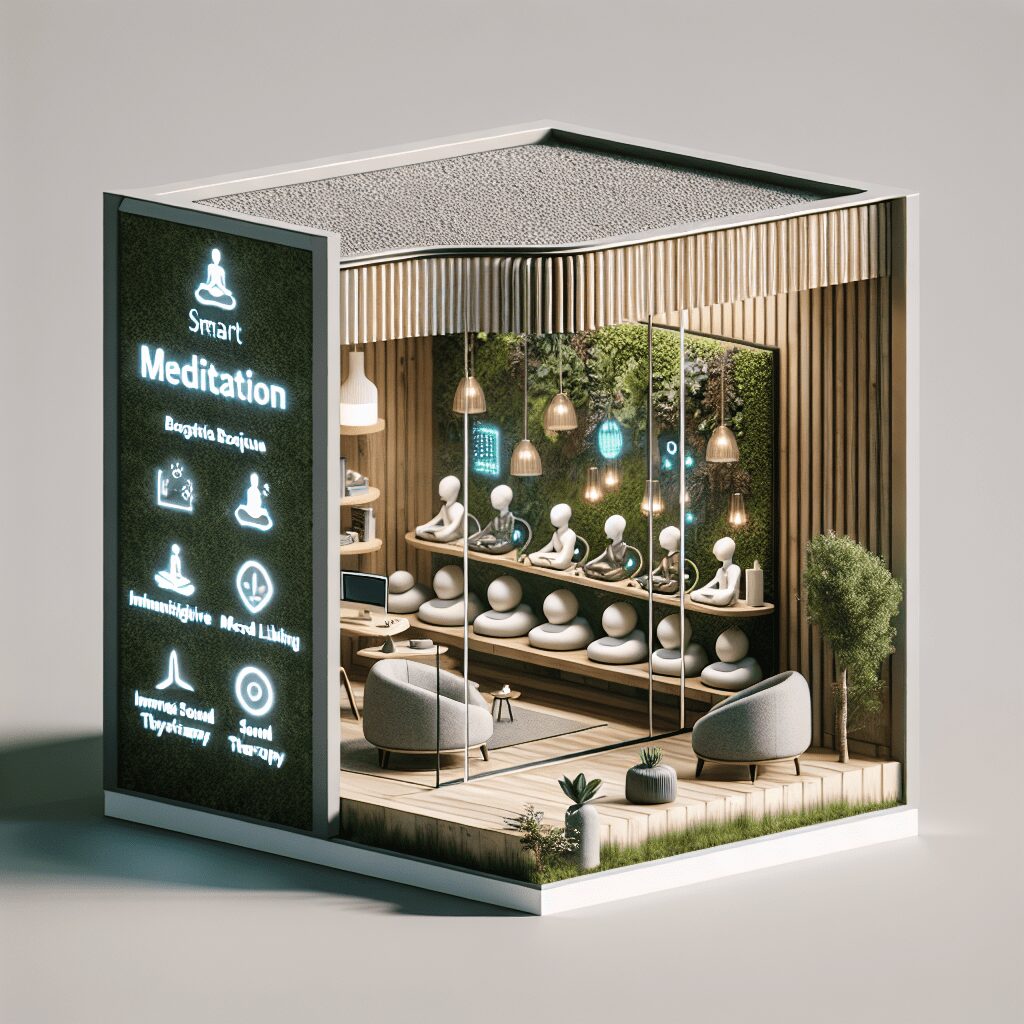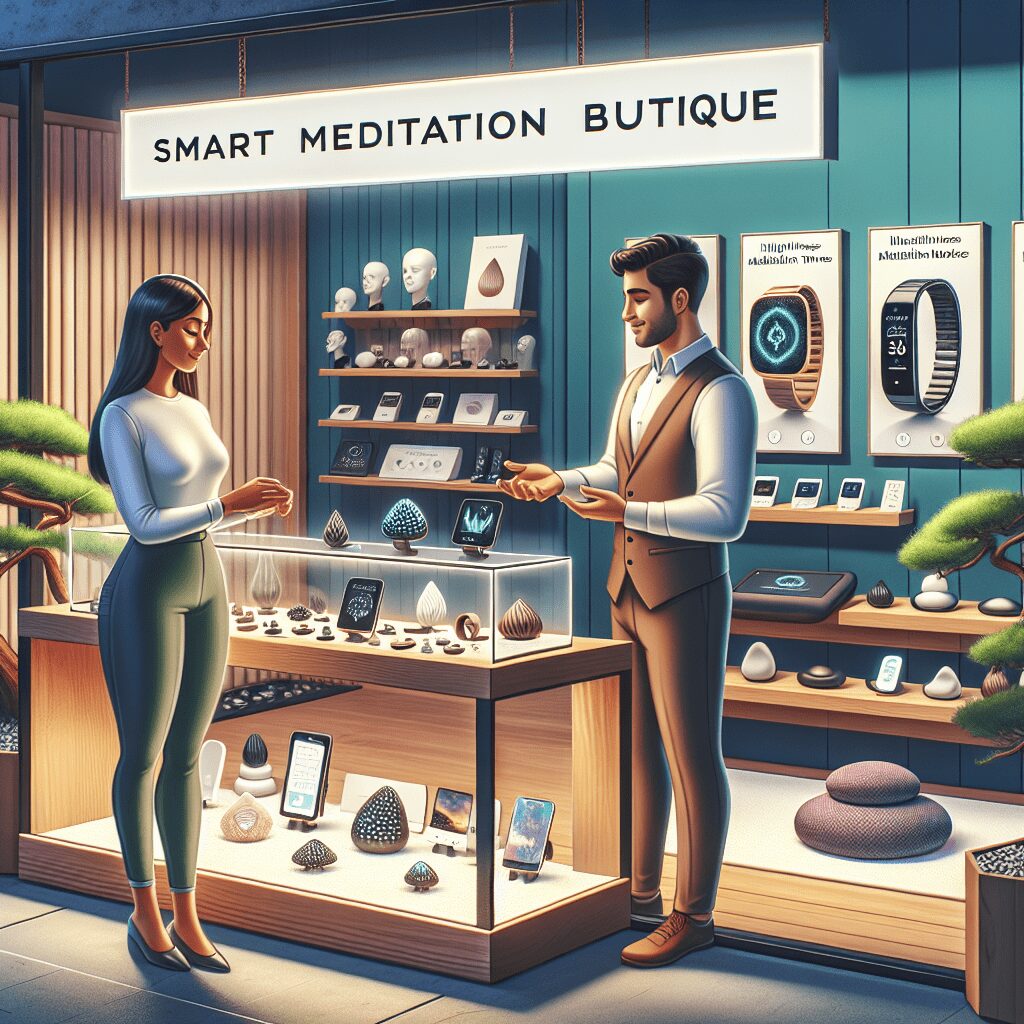
Prioritize your mental well-being daily. Enhance your life by nurturing your mental health with the Smart Meditation app. Break free from stress, alleviate anxiety, and enhance your sleep quality starting today.
Is Anxiety A Real Mental Illness?
Unraveling the Enigma of Anxiety: More Than Just Butterflies
In a world where “I’m so stressed” has become the unofficial mantra for many, it’s high time we separate the wheat from the chaff. Is anxiety simply the modern-day equivalent of stage fright, or is there more to this emotionally charged enigma? Buckle up as we dive deep into the world of anxiety, peeling back the layers to reveal its true nature as a bonafide mental illness.
The Proof is in the Pudding: Facts and Figures
Far from being a concoction of the mind or a fleeting feeling of unease, anxiety wears many hats, all of which point to its legitimacy as a real mental health concern. Here’s the lowdown:
-
Prevalence: Anxiety disorders are the most common mental illnesses in the U.S., affecting 40 million adults—18.1% of the population—every year. Talk about not being alone!
-
Beyond Nerves: It’s not just about feeling nervous. Anxiety disorders bring a whole host of symptoms to the party, including persistent, excessive worry, physical symptoms like increased heart rate, sweating, trembling, and even panic attacks that can feel as though you’re having a heart attack.
-
A Spectrum of Disorders: Anxiety isn’t a one-size-fits-all kind of deal. It ranges from generalized anxiety disorder (GAD), characterized by chronic worrying about everyday life, to specific phobias, panic disorder, social anxiety disorder, and more. Each has its own flavor of dread, proving that anxiety is far from a monolithic experience.
-
Brain Game: The evidence doesn’t just end with symptoms. Neuroimaging and neurochemistry studies have shown that anxiety disorders are associated with changes in certain brain structures and neurotransmitters, highlighting the biological underpinnings of these conditions.
Real Talk: Recognizing the Beast
So, we’ve established that anxiety is as real as it gets. But what makes it leap from “normal” worry to a full-blown disorder? It’s when the worry becomes your unsolicited companion, refusing to leave your side, affecting your ability to function in daily life, and perhaps most tellingly, when the fear doesn’t match the reality of the situation.
Bridging the Gap: From Acknowledgment to Action
Granted, recognizing anxiety as a legitimate mental illness is the first step, but it’s only half the battle. Here’s how you can take action, whether for yourself or someone else:
-
Speak Up: Keeping it all inside? That’s so yesterday. Opening up about your feelings is not a sign of weakness; it’s the first step towards recovery.
-
Seek Professional Help: Whether it’s therapy, medication, or a combo of both, there are more options out there than you can shake a stick at. There’s no one-size-fits-all solution, so find what works for you.
-
Lifestyle Tweaks: Sometimes, it’s the small things – regular exercise, a balanced diet, mindfulness practices, and yes, even cutting back on caffeine – that can make a big difference.
-
Educate Yourself and Others: Knowledge is power. By understanding anxiety, you can advocate for yourself and others, chipping away at the stigma that often surrounds mental health issues.
So, is anxiety a real mental illness? You bet your bottom dollar it is. It’s high time we acknowledge its presence, understand its implications, and take action to manage it. Remember, it’s okay not to be okay, but it’s even better when you seek the support you deserve. Let’s kick the stigma to the curb and embrace a more compassionate, understanding approach to anxiety and mental health as a whole.





